Our homes serve as unintentional ecosystems for a variety of creatures, with spiders being among the most common yet misunderstood cohabitants. While many people react with fear at the sight of an eight-legged visitor, non-venomous house spiders have developed remarkable adaptations that allow them to thrive in human dwellings. These adaptations range from physical characteristics to behavioral strategies that help them find food, avoid detection, and reproduce successfully in environments vastly different from their natural habitats. Understanding how these arachnids have evolved to live alongside us not only provides fascinating insights into urban ecology but may also help us appreciate these beneficial creatures that help control household pest populations.
The Accidental House Guests: How Spiders Find Their Way Indoors
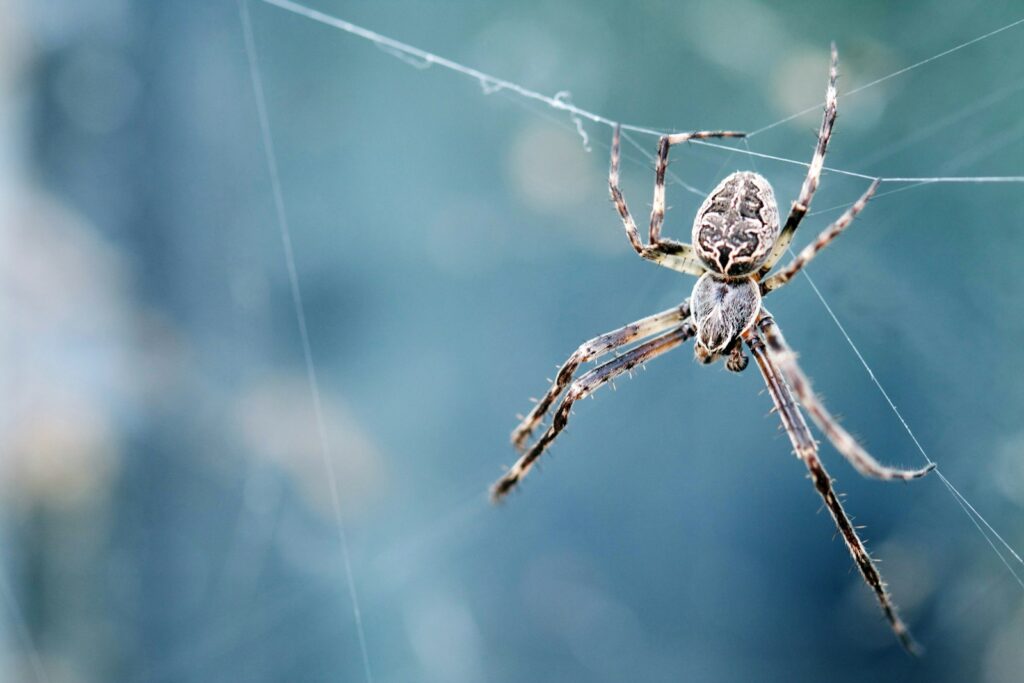
Most spiders found in homes didn’t actively choose to move in—they found themselves in human environments through various accidental pathways. The primary route is simply wandering in through open doors, windows, or small cracks in foundations and walls while searching for prey or mates. Another common method is hitchhiking, where spiders or their egg sacs are transported indoors on plants, firewood, furniture, or other items brought from outside. Some species are attracted to the light emanating from windows at night, which draws them closer to our homes. Additionally, certain spider species have become so well-adapted to indoor environments that they complete their entire life cycles inside human structures, with generations never experiencing the outdoors at all.
Architectural Adaptations: Web-Building Strategies for Indoor Success
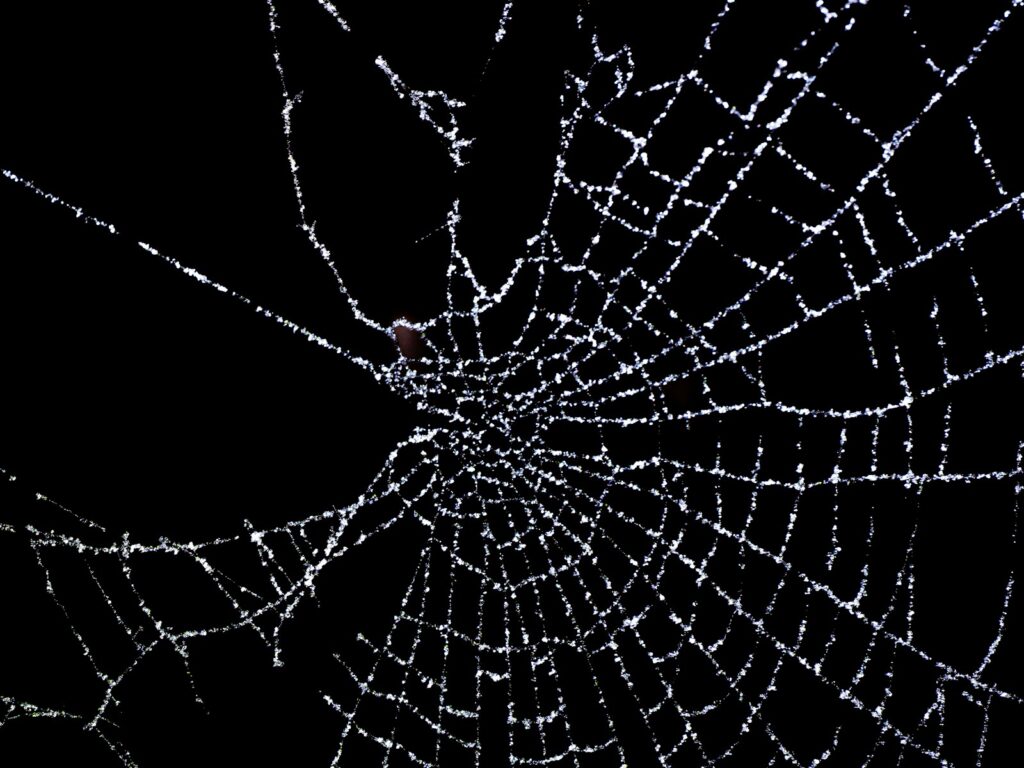
Non-venomous house spiders have refined their web-building techniques to take advantage of the unique architecture found in human homes. Species like the common cellar spider (Pholcidae) construct loose, irregular cobwebs in ceiling corners, behind furniture, and in basement rafters—areas rarely disturbed by human activity. The American house spider (Parasteatoda tepidariorum) has adapted to build more compact webs in window frames and light fixtures, maximizing prey capture from insects attracted to light. Some indoor-dwelling spiders have even modified their silk production to create webs that accumulate less dust and are less visible, reducing the likelihood of their destruction during cleaning. These architectural adaptations allow spiders to remain relatively undetected while effectively trapping the small insects that constitute their indoor diet.
Dietary Flexibility: Changing Menus in the Indoor Environment

One of the most remarkable adaptations of house-dwelling spiders is their dietary flexibility, allowing them to survive on whatever prey is available indoors. Unlike their outdoor relatives that might specialize in catching specific types of insects, indoor spiders have become generalists capable of feeding on anything from fruit flies and gnats to silverfish and carpet beetles. House spiders have adapted to longer periods between meals, with some species able to survive months without food—an essential trait when prey becomes scarce during certain seasons. Their metabolism has adjusted to efficiently process the nutrients from common household pests, with some species becoming particularly adept at catching and consuming indoor-specific insects like booklice and cloth moths. This dietary adaptability ensures their survival even when the indoor prey ecosystem fluctuates throughout the year.
Water Conservation: Surviving in Dry Indoor Conditions
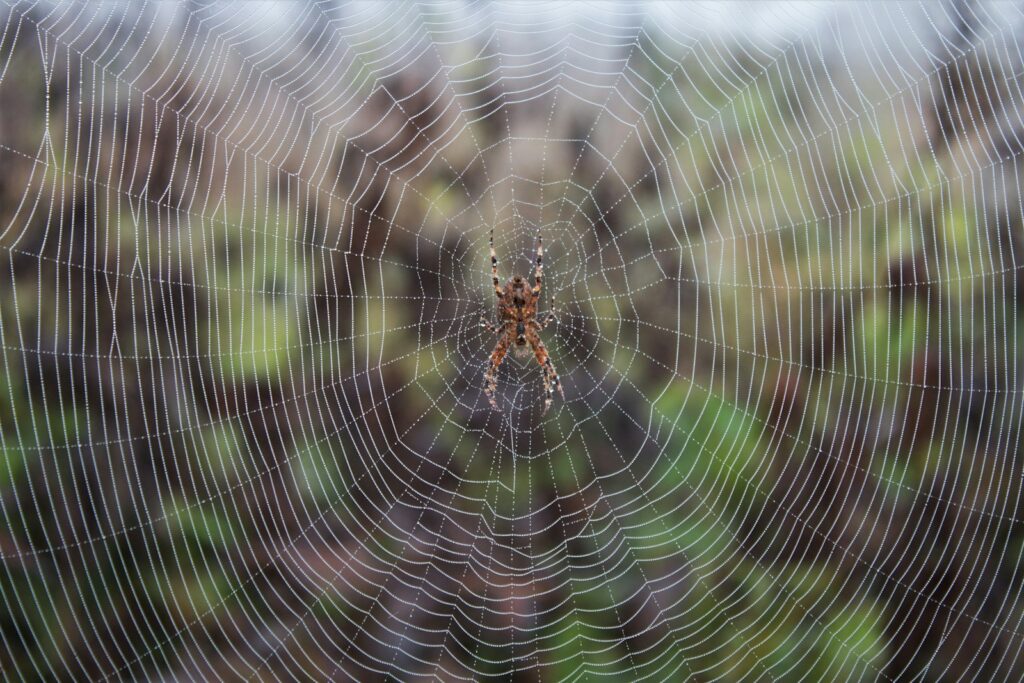
Human homes typically offer a much drier environment than the natural habitats most spider species evolved in, creating a significant survival challenge. To adapt, many house spiders have developed enhanced water conservation mechanisms, including reduced water loss through their exoskeletons and more efficient excretory systems. Some species obtain most of their moisture needs directly from their prey, extracting nearly all available liquid from the insects they consume. Common house spiders like the cellar spider have become adept at finding microhabitats within homes that offer slightly higher humidity, such as basements, bathrooms, or areas near houseplants. In particularly dry conditions, certain species will become less active, entering a state of torpor that reduces water loss until conditions improve or new prey becomes available.
Reproductive Strategies: Ensuring the Next Generation

House-dwelling spiders have modified their reproductive behaviors to maximize success in the unique conditions of human habitats. Many species produce smaller but more frequent egg sacs than their outdoor counterparts, creating a steady stream of offspring rather than seasonal booms. Indoor spiders often select protected locations for egg sacs, such as behind wall hangings, inside seldom-used drawers, or in ceiling corners—areas unlikely to be disturbed by human activity. Some species, like the common house spider, have shortened their developmental periods, allowing spiderlings to mature faster and begin reproducing sooner in the relatively stable indoor climate. Interestingly, certain indoor spider populations show higher rates of inbreeding than outdoor populations, as the contained nature of human homes can limit genetic diversity while still allowing for successful reproduction.
Temperature Regulation: Thriving in Climate-Controlled Spaces

The relatively stable temperatures of human dwellings have driven specific adaptations in house-dwelling spiders. Unlike their outdoor relatives that must endure seasonal temperature fluctuations, indoor spiders have developed physiological adaptations to thrive in the narrow temperature range typical of heated and cooled homes. Many house spider species have lost their cold-hardiness adaptations over generations, becoming less tolerant of freezing temperatures but more efficient at normal indoor temperatures. This temperature stability allows for year-round activity and reproduction—a significant advantage over outdoor populations that may become dormant during winter months. Some species demonstrate microhabitat selection within homes, moving to slightly warmer or cooler areas as needed, such as near heating vents in winter or towards basements in summer.
Predator Avoidance: Staying Safe from Humans and Pets
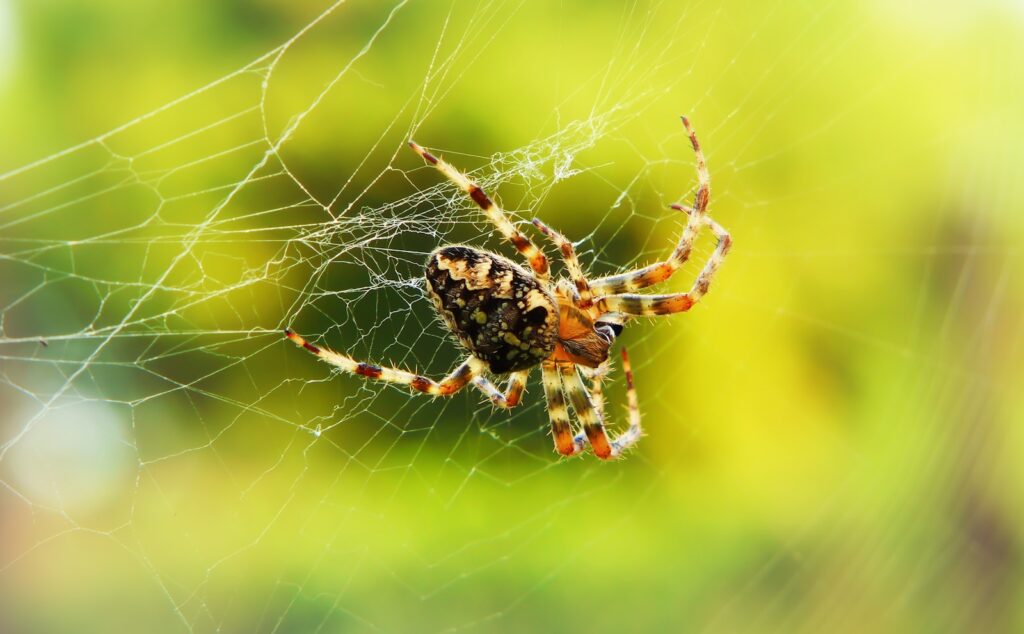
Perhaps the most critical adaptation for house spiders is avoiding their largest predators—humans and pets. Many species have developed enhanced sensitivity to vibrations, allowing them to detect approaching threats and retreat before being spotted. House spiders typically display negative phototaxis—a tendency to avoid light—which keeps them hidden in shadows and reduces human encounters. Their coloration has evolved to blend with common indoor surfaces; species like the cellar spider and common house spider typically exhibit muted browns and grays that match woodwork, walls, and furniture. Behaviorally, most house spiders have adopted patterns of nocturnal activity, becoming most active when human residents are asleep and less likely to disturb them.
Specialized Appendages: Physical Adaptations for Indoor Life
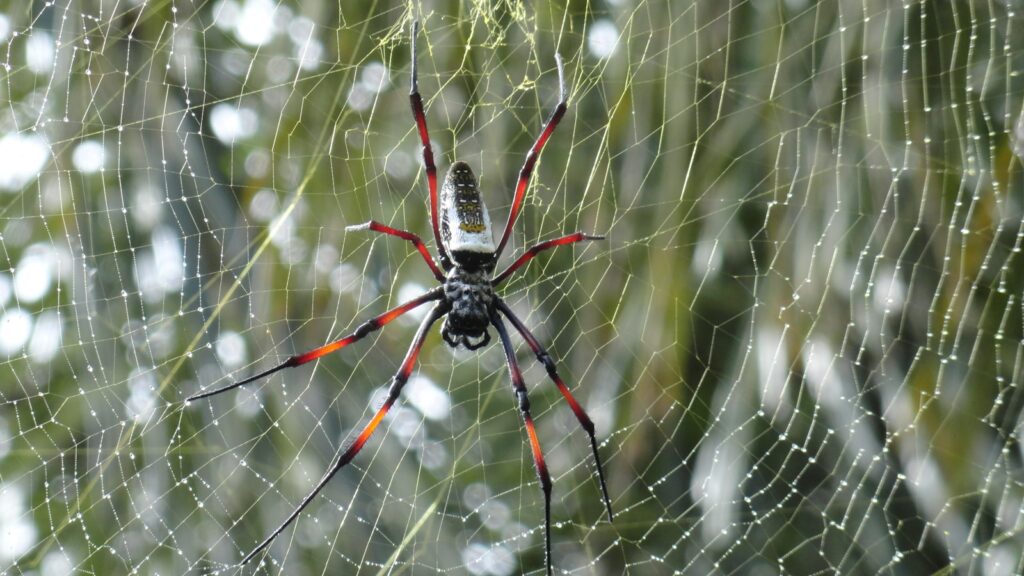
The physical structure of indoor-dwelling spiders has subtly changed to better navigate the artificial surfaces found in human homes. Many house spiders have developed specialized setae (hair-like structures) on their legs that provide enhanced grip on smooth vertical surfaces like glass, tile, and painted walls—surfaces rarely encountered in natural environments. Their leg proportions often differ from outdoor relatives, with some indoor species evolving longer, more delicate limbs that allow them to move efficiently across ceiling surfaces and navigate the complex three-dimensional space created by furniture and fixtures. Additionally, the sensory organs of house spiders have become fine-tuned to detect the subtle air currents and vibrations specific to indoor environments, helping them locate prey and avoid potential threats in this unique habitat.
Dust Management: Keeping Webs Functional
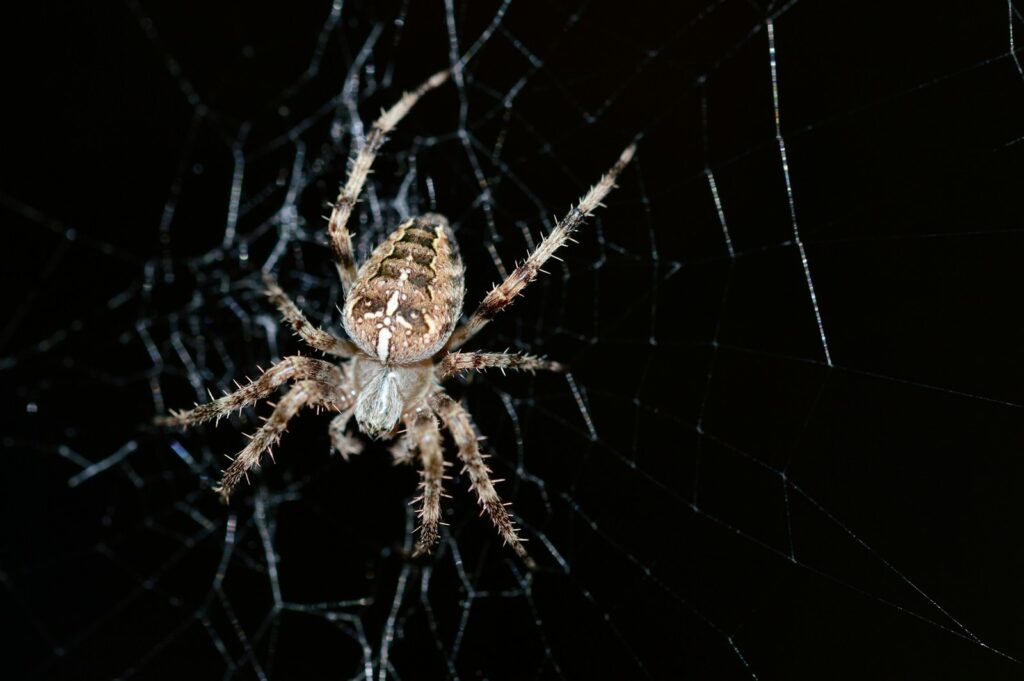
One particularly interesting adaptation found in long-term house-dwelling spider species is their approach to dust management. Indoor environments accumulate dust particles that can quickly render spider webs visible and ineffective for catching prey. Many house spider species have developed behaviors to regularly clean their webs or rebuild them more frequently than their outdoor counterparts. Some species produce silk with altered chemical properties that accumulates dust more slowly or sheds it more effectively. The common cellar spider (Pholcidae) has a distinctive behavior of rapidly vibrating when disturbed, which helps shake dust and debris from their webs. These adaptations ensure their hunting apparatus remains functional despite the uniquely dusty conditions of human dwellings.
Seasonal Adjustments: Responding to Indoor Climate Changes
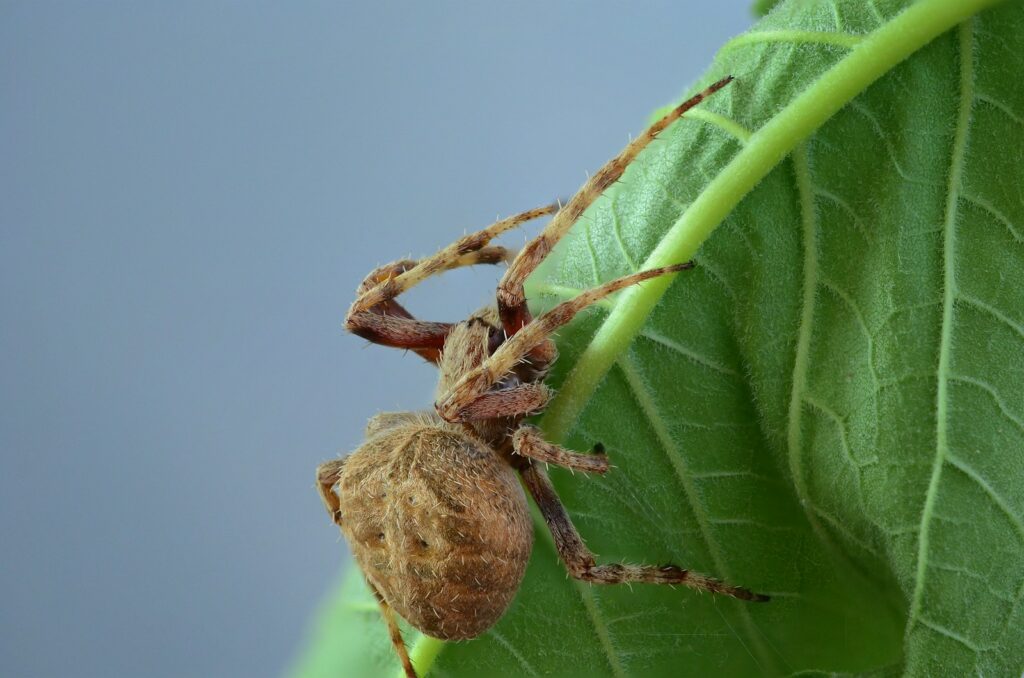
Even in climate-controlled homes, indoor environments experience subtle seasonal changes that house spiders have learned to navigate. During winter heating seasons, when indoor air becomes particularly dry, many species reduce web size and relocate to areas with slightly higher humidity, such as near houseplants or bathroom areas. Conversely, in summer months when homes may become more humid, these same species often expand their territory throughout the house. Some indoor spiders synchronize their reproductive cycles not with natural seasons but with household patterns, such as increased insect activity during summer months when doors and windows are opened more frequently. Long-term house spider populations show remarkable flexibility in adjusting their behaviors to these artificial seasonal changes, demonstrating evolutionary adaptation to human-created environments.
Chemical Resilience: Surviving Household Cleaners and Pesticides
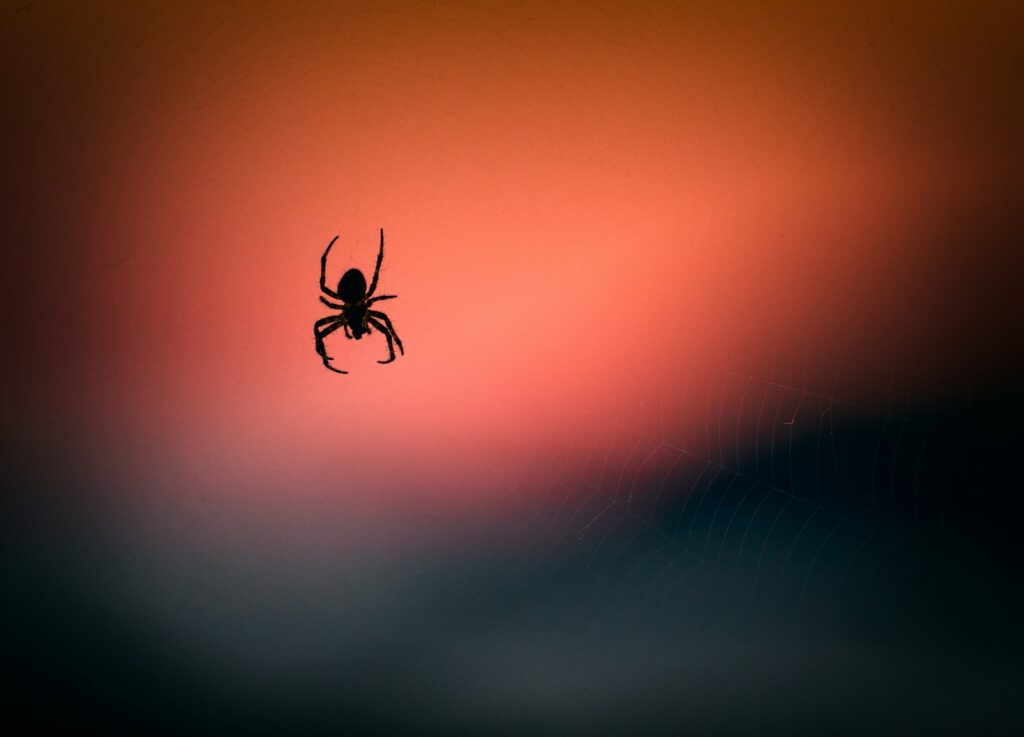
One of the most impressive adaptations of house-dwelling spider populations is their increasing resilience to household chemicals. Over generations, indoor spider populations have developed enhanced detoxification mechanisms that help them survive exposure to common cleaning products and insecticides. Some species show behavioral adaptations, rapidly abandoning areas with chemical residues or rebuilding webs in locations less likely to be sprayed. The common house spider’s relatively impermeable exoskeleton provides protection against incidental contact with cleaning agents, while their habit of remaining in undisturbed areas reduces their exposure to such chemicals. This chemical resilience represents a remarkable example of rapid evolutionary adaptation, as these spiders adjust to synthetic compounds that didn’t exist in their ancestral environments.
Beneficial Roommates: The Ecological Role of House Spiders
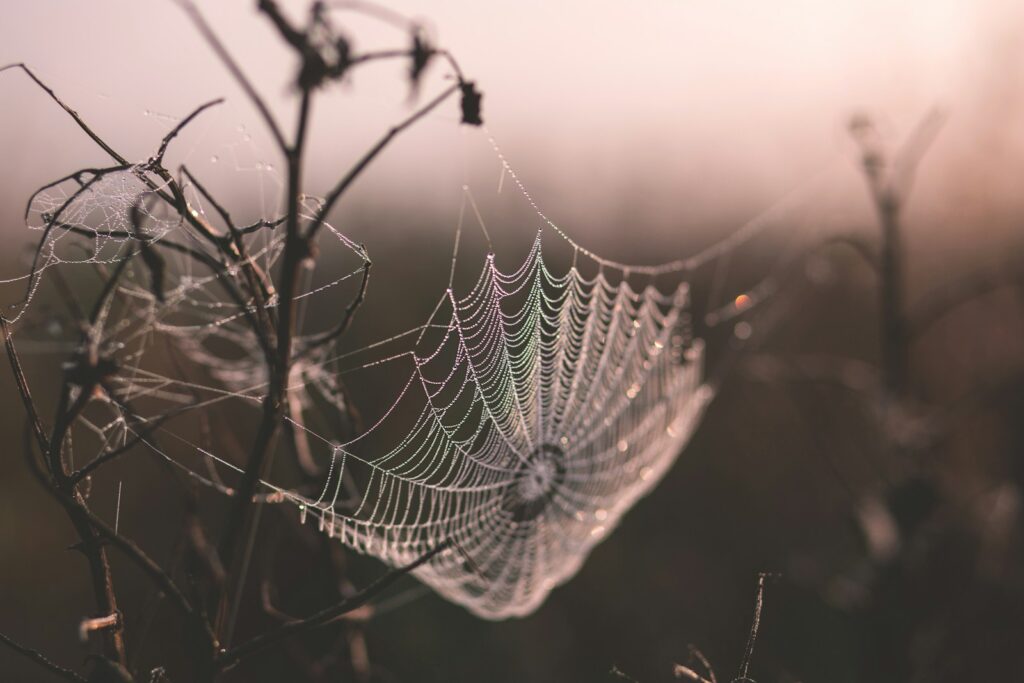
Through their adaptive journey into our homes, non-venomous house spiders have established themselves as unwitting pest control allies. A single house spider can consume hundreds of insects annually, including mosquitoes, flies, moths, and even cockroaches that most humans consider pests. This natural pest management occurs silently and continuously, with most spider predation happening at night when both they and many household insects are most active. Indoor spider populations naturally regulate themselves based on available food sources, rarely reaching population levels that would be problematic for human residents. Understanding this beneficial ecological role represents an important perspective shift, helping homeowners recognize that the occasional spider web in a corner may be a sign of a healthy, balanced indoor ecosystem rather than a housekeeping failure.
Coexistence Strategies: Learning to Live with Our Eight-Legged Housemates
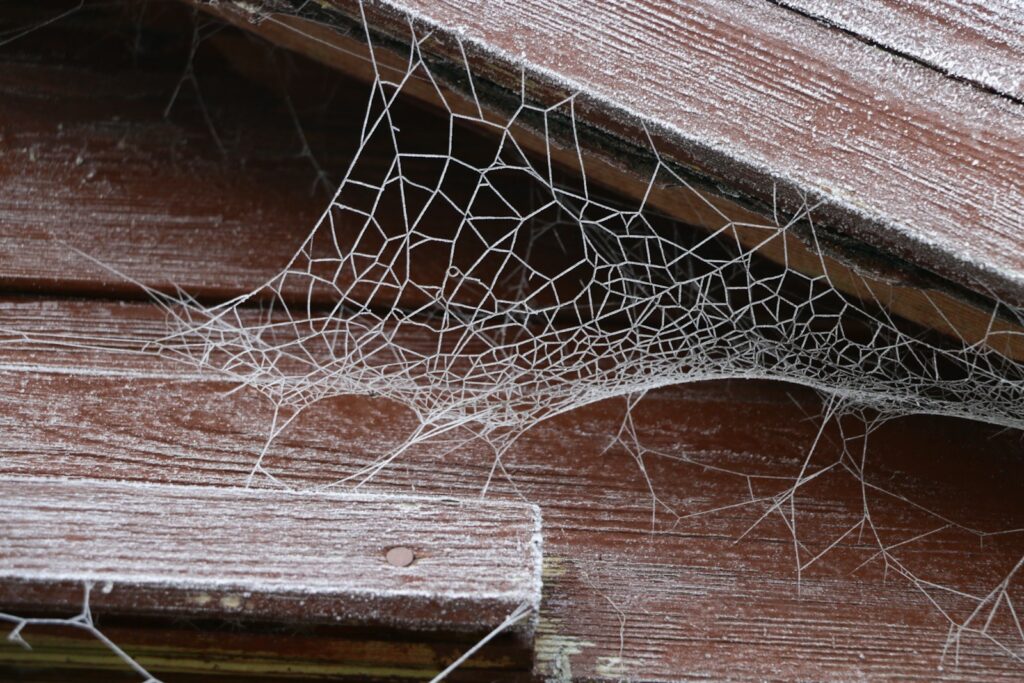
As we better understand the remarkable adaptations that allow non-venomous spiders to share our living spaces, we can develop more informed approaches to coexistence. For those uncomfortable with spider encounters, preventative measures like weather stripping, door sweeps, and window screens can reduce new spiders from entering without requiring chemical controls. Maintaining awareness of which species are common in your region can help distinguish between harmless house spiders and potentially problematic species. Rather than immediate removal, consider “catch and release” approaches for spiders found in living spaces, relocating them to garages, basements, or outdoor areas where their hunting skills benefit from fewer human encounters. By appreciating the adaptive journey these creatures have undertaken to live alongside us, we can develop a more balanced perspective on sharing our spaces with these remarkable natural pest controllers.
Conclusion

The journey of non-venomous spiders into our homes represents a fascinating example of adaptation to human-created environments. From their architectural innovations in web-building to their remarkable chemical resilience, these creatures have found ways to not only survive but thrive in conditions vastly different from their evolutionary origins. While many humans maintain instinctive wariness toward spiders, understanding their adaptations helps us appreciate their ecological role and remarkable evolutionary flexibility. As we continue to create new built environments across the planet, house spiders serve as living examples of nature’s resilience and adaptability, reminding us that even in our most controlled spaces, we remain connected to the natural world and its incredible capacity for change.

